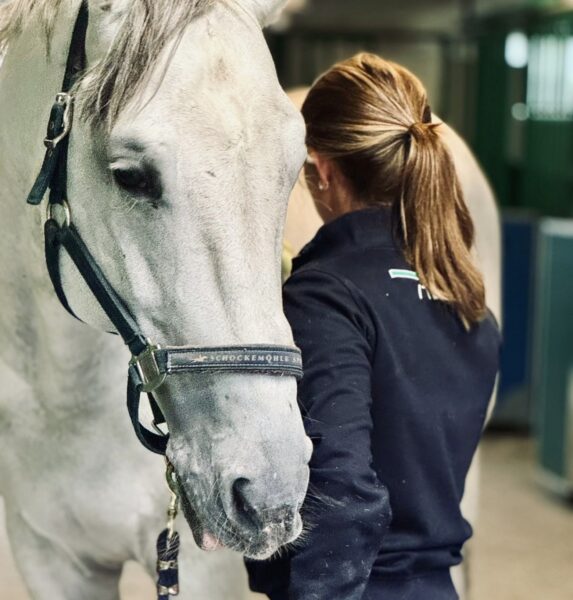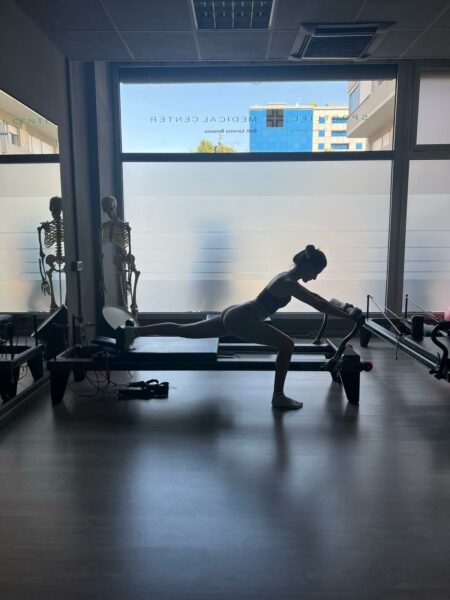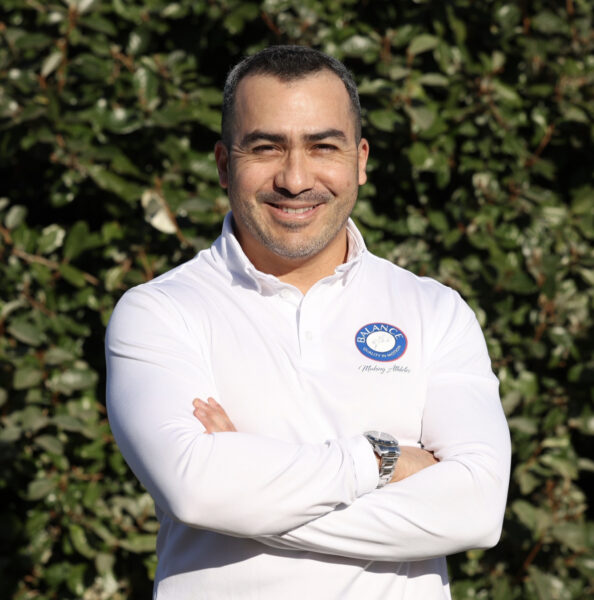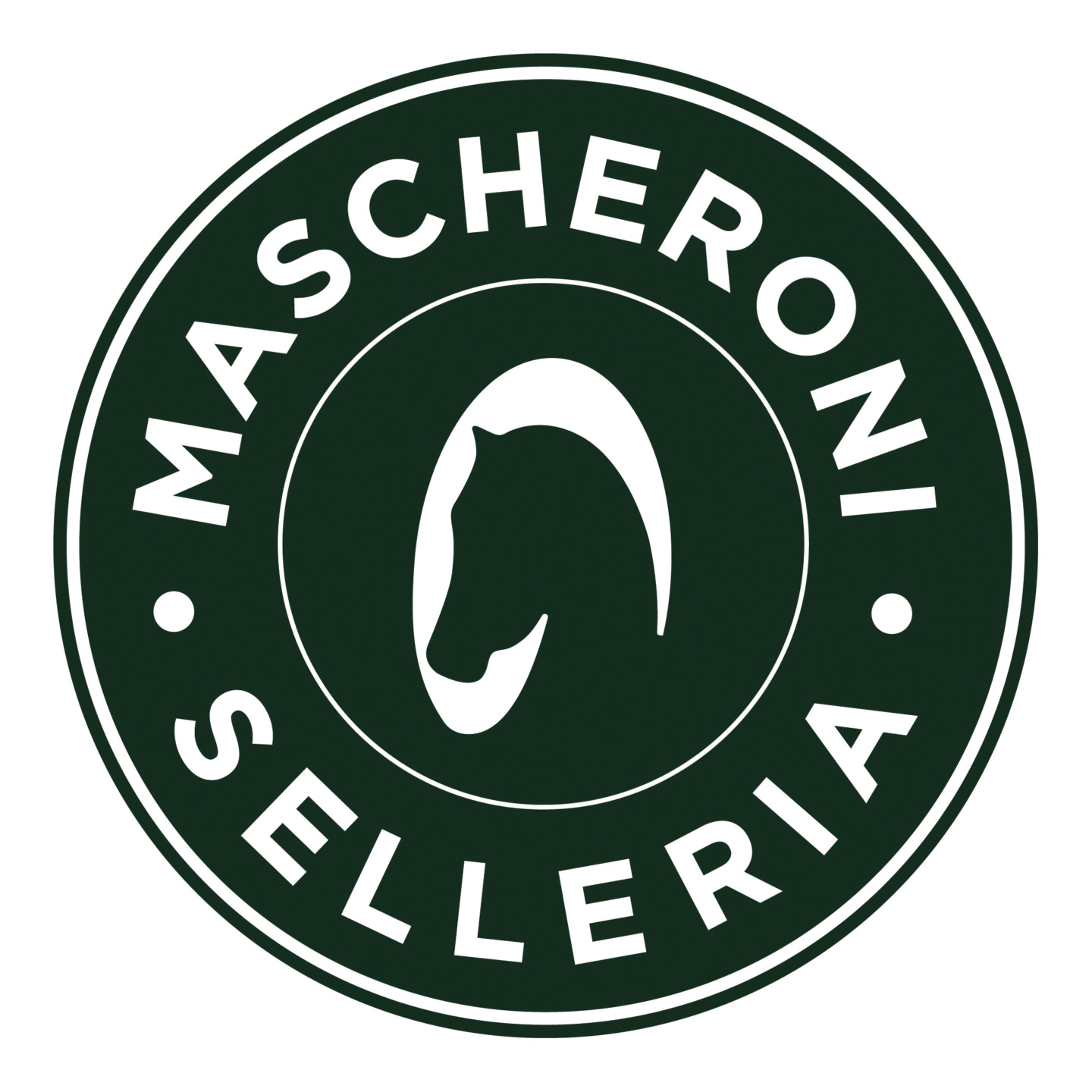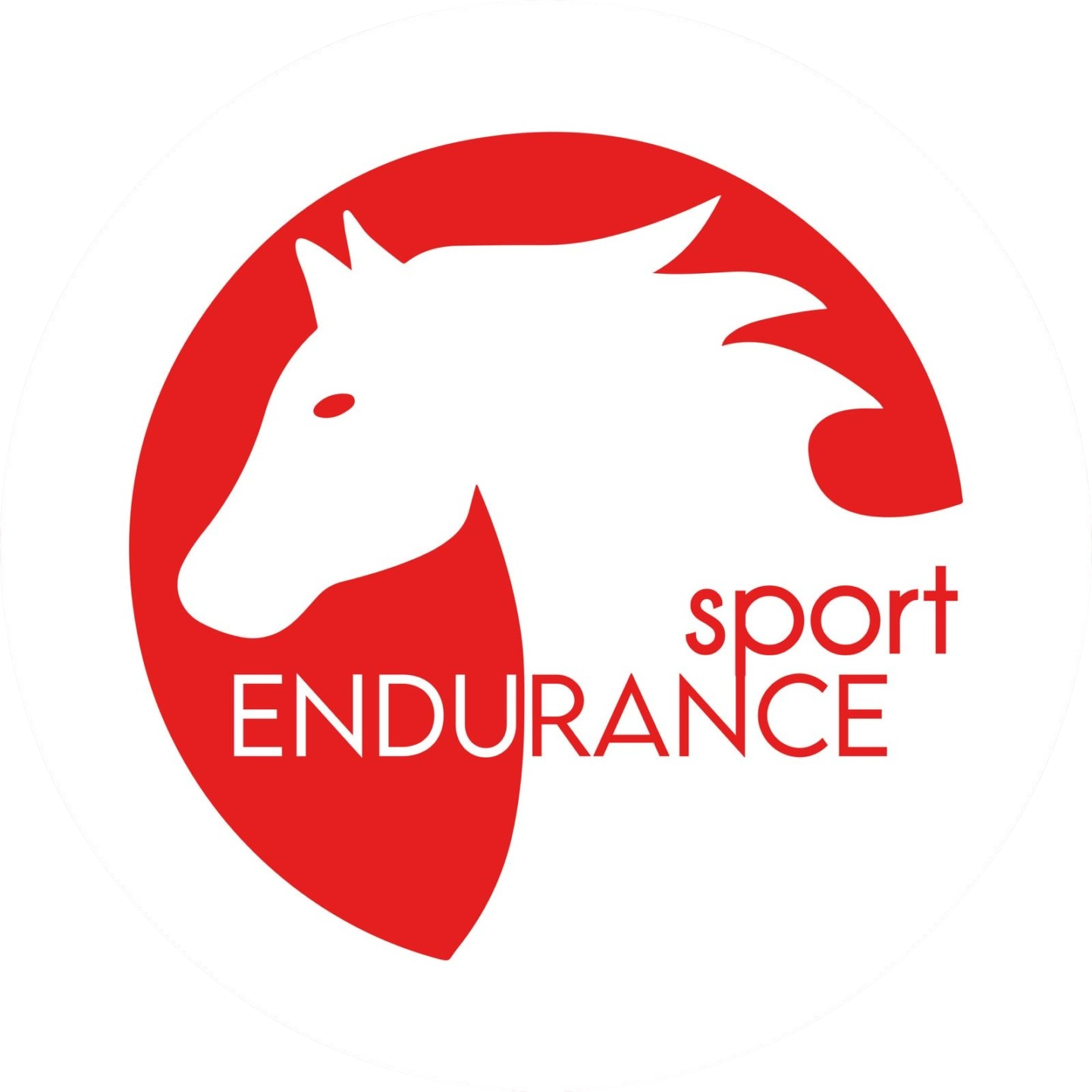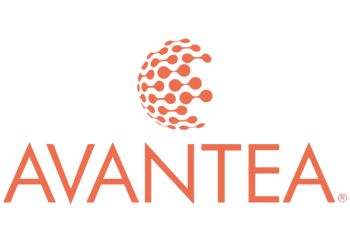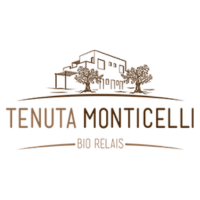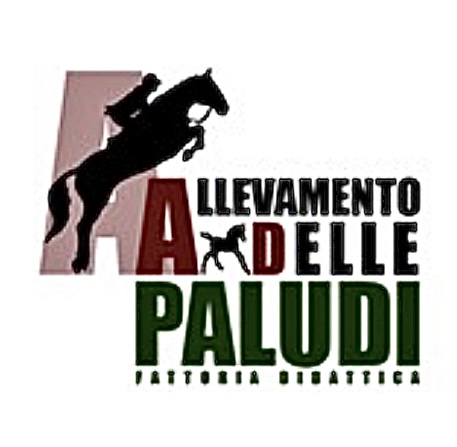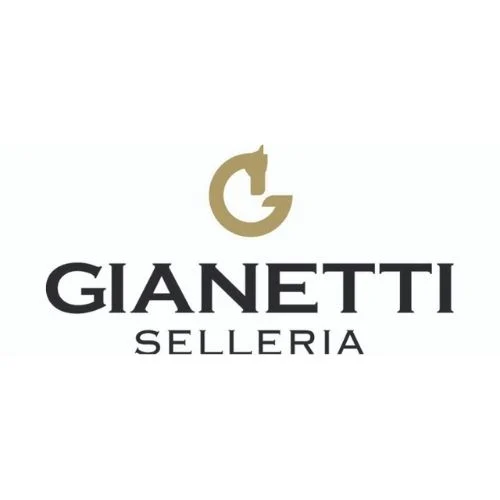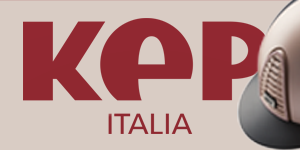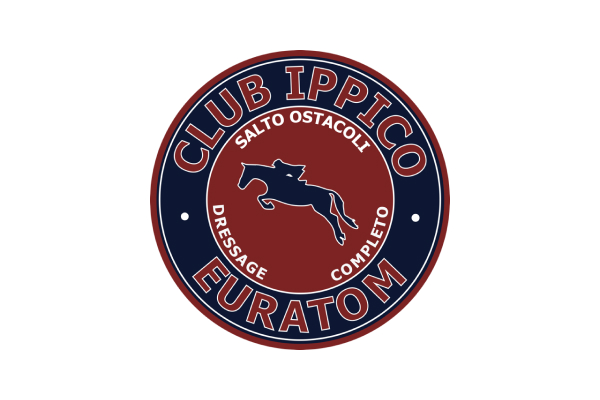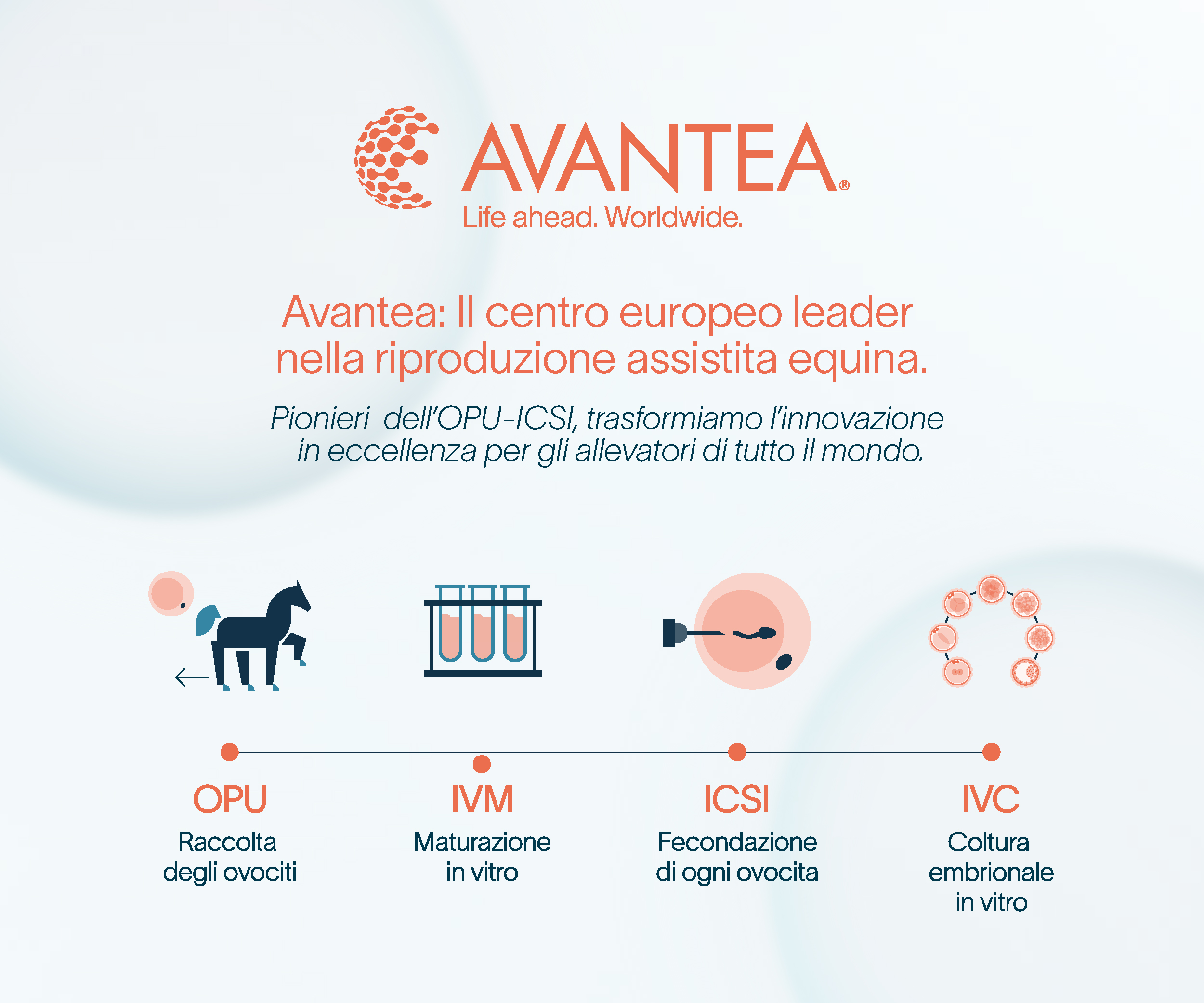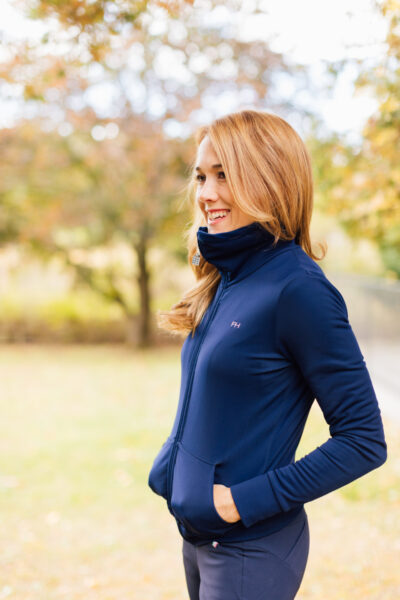
The Human Element in Equine Therapy with Giorgia Ilari
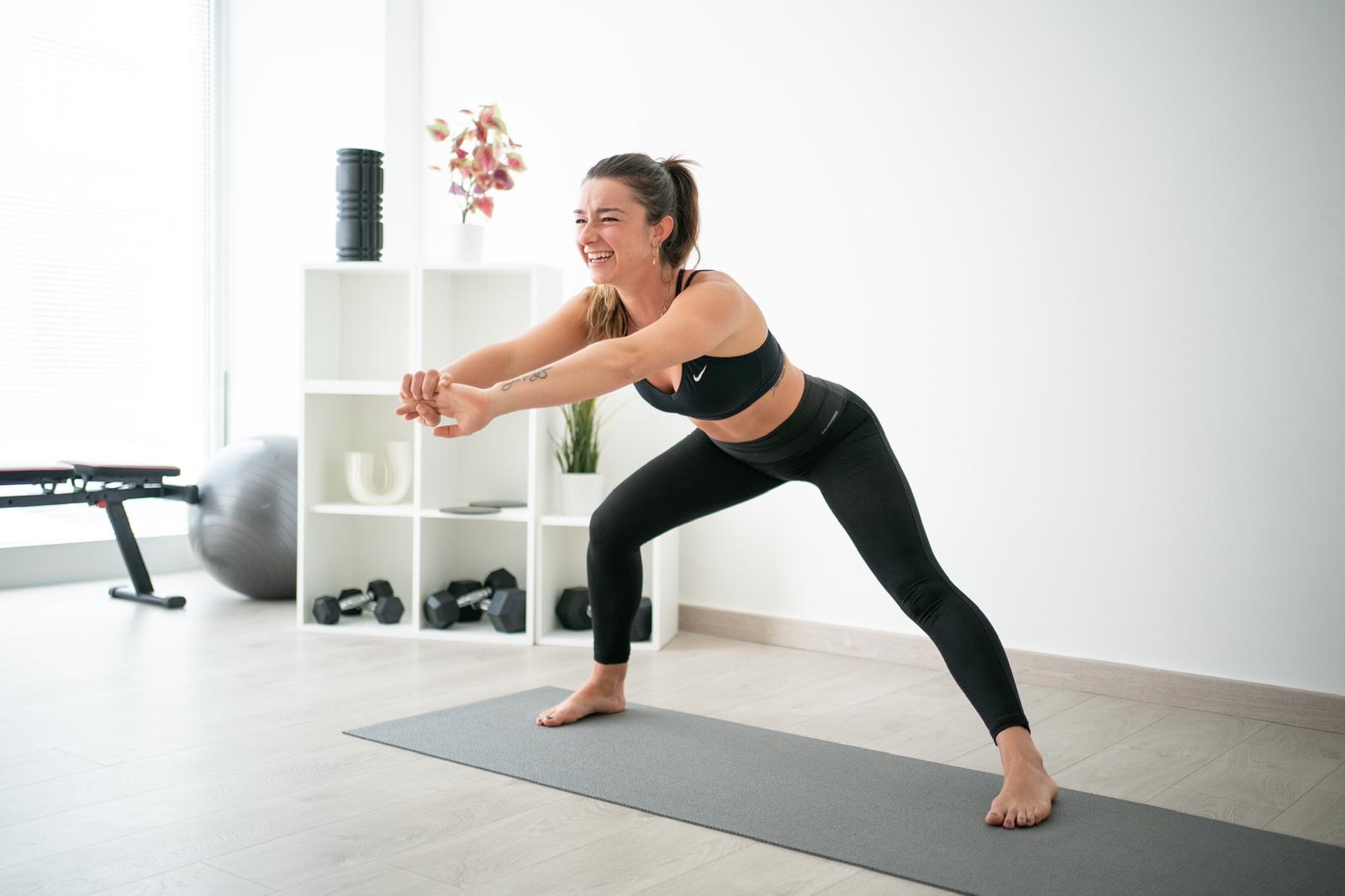
In the continuation of our deep dive into Giorgia Ilari’s transformative work in equine therapy, we explore how the intricate relationship between horse and rider is influenced by the human body and mind. As a seasoned therapist, Giorgia sheds light on how the posture and emotional state of a rider can have far-reaching effects on the horse’s well- being, making this human-animal connection central to her therapeutic approach.
The Influence of Human Posture on Equine Health
“When I work with a horse, my focus isn’t just on the animal,” Giorgia begins. “I pay close attention to the rider’s posture because, more often than not, the horse’s postural issues are a direct reflection of the rider’s own. Any dysfunction in the rider’s body can disrupt the horse’s natural movement and posture.”
Giorgia notes that common postural problems among riders typically stem from rigidity in the lumbar region and sacroiliac joint. These issues are often exacerbated by the rider’s daily habits, such as how they sit or walk, which become more pronounced during the act of riding. “The stiffness of the ileopsoas muscle is a frequent culprit,” she explains. “This muscle connects the spine to the lower limbs and, when tight, can lead to a lack of mobility. For riders, this isn’t just a personal issue; it directly impacts the horse.”
She emphasizes that while these postural issues can affect anyone, they are particularly significant for riders because they transmit their bodily tensions to the horse. “There’s not a vast difference between the postural problems of riders and non-riders, but the key distinction lies in the fact that the rider’s body has a profound influence on the animal they are working with,” Giorgia adds.
Posture as a Reflection of Emotion
But posture is not merely a physical concern. “Posture is the silent messenger of our emotions,” Giorgia states with conviction. “For instance, a rider who is anxious or timid will often unconsciously adopt a kyphotic posture, with shoulders hunched forward, leading to a pronounced dorsal kyphosis.”
This posture, characterized by a closed-off stance, can significantly influence the horse. Giorgia explains that horses, being extremely sensitive creatures, pick up on these emotional cues and can reflect the rider’s tension or anxiety. “On the other hand,” she continues, “a rider who is confident and positive will naturally maintain an open posture, with shoulders back, which helps in maintaining the natural curve of the spine. This openness is something the horse senses and responds to positively.”
The emotional connection between horse and rider is one of the most profound aspects of equine therapy. “Horses are incredibly intuitive and can mirror the emotional state of the rider, whether it’s fear, confidence, or anything in between,” Giorgia notes. This dynamic underscores the importance of addressing both the physical and emotional well-being of the rider as part of the therapeutic process.
The Repetitive Strain of Riding on the Human Body
Beyond the emotional aspect, riding can also exert significant physical strain on the rider’s body. “The repetitive, rhythmic motion of trotting and galloping, especially over extended periods, can lead to chronic tension throughout the spine,” Giorgia explains. “These repeated movements can cause stress from the cervical spine down to the sacrum, potentially leading to long-term issues like vertebral disc problems and alterations in the natural spinal curves.”
Giorgia stresses the importance of flexibility, particularly in the ileopsoas muscle. “A lack of elasticity in this muscle can lead to asymmetries in the pelvis, such as one iliac crest being rotated forward while the other is rotated backward,” she says. “This imbalance causes uneven weight distribution, affecting the rider’s balance and, consequently, the horse’s movement. Over time, such asymmetry can lead to altered gait patterns in the rider, contributing to back pain and even joint problems in the hips, knees, and ankles.”
Creating a Symbiotic Treatment Plan
When it comes to treating both horse and rider, Giorgia believes in a holistic and personalized approach. “The key to a successful postural treatment lies in working closely with both the horse and the rider over time,” she says. “I observe how the rider interacts with their horse, assess them individually, and then develop a customized plan that addresses the unique needs of both.”
For the rider, this often involves a regimen of functional and proprioceptive training, which enhances their body’s awareness and control. Meanwhile, the horse might receive a combination of osteopathy and massage therapy to address any imbalances or tension. “There’s no one-size- fits-all treatment,” Giorgia emphasizes. “Each body— human or equine—is unique, and my extensive knowledge of human anatomy allows me to choose the most effective techniques for each specific problem.”
She further elaborates on how closely observing the horse- rider dynamic is crucial to her treatment strategy. “By watching the rider on their horse, I can identify patterns of movement or tension that might not be as apparent when assessing them separately,” she explains. “This holistic view allows me to create a treatment plan that truly addresses the root of the issue, ensuring long-term improvement for both the rider and the horse.”
Addressing Rider Stiffness and Mobility Issues
One of the most common challenges Giorgia encounters with riders is a lack of mobility in the spine and general muscle stiffness. “These problems often result in asymmetries, such as when one iliac crest is rotated forward and the other backward,” she explains. “Such imbalances can cause a chain reaction of problems, either ascending towards the upper body or descending towards the lower limbs.”
She stresses that maintaining spinal health is critical, as the spine is the central axis of the body. “Lower back pain, particularly in the lumbosacral region, is a frequent complaint among riders,” Giorgia says. “This is often due to a combination of pelvic postural imbalances and rigidity in the ileopsoas muscle. When the lower back is stiff, it accelerates the degenerative process in the spinal discs, increasing the risk of protrusions or herniations, which can cause severe neuralgia.”
Giorgia also highlights the importance of maintaining flexibility in all the joints, especially for riders. “For example, the ankle must be flexible to absorb the impact of the stirrup,” she notes. “If the ankle is stiff, it can’t properly cushion the force, leading to further complications up the kinetic chain.”
Enhancing Flexibility and Core Stability
In her functional training sessions, Giorgia places a strong emphasis on increasing flexibility and mobility to improve the rider’s proprioception—the body’s ability to sense its position in space. “I incorporate various tools like Bosu balls, proprioceptive platforms, cushions, balls, and resistance bands into the training,” she explains. “These exercises prepare the rider’s body for the unpredictability of riding, ensuring they can quickly adapt to sudden changes in direction or speed.”
Giorgia’s approach is not only about physical flexibility but also about enhancing the rider’s awareness of their body’s movements. “Riding requires a heightened sense of body control and awareness, as the rider needs to respond not just to their movements but also to the horse’s,” she says. “By improving proprioception, the rider becomes more attuned to these subtleties, which can significantly enhance their performance and the horse’s comfort.”
Strengthening the rider’s core stability is another critical aspect of Giorgia’s approach. “A strong core is essential for maintaining balance and control while riding,” she explains. “I focus on both isometric exercises, which involve holding positions that engage the core, and dynamic exercises, which involve movement to strengthen the abdominal muscles.”
Giorgia underscores that core stability is vital not only for performance but also for preventing injury. “A well- conditioned core helps to distribute forces more evenly across the body, reducing the strain on any one part, particularly the lower back,” she says. “This is crucial for riders, who are constantly exposed to repetitive motions and the accompanying stress on the body.”
Building Trust and a Multidisciplinary Approach
Giorgia also touches on the psychological aspect of her work, emphasizing the importance of trust between therapist and client. “When a person trusts their therapist, it opens up a pathway for emotional and physical healing,” she says. “If I sense a strong connection between the mind and body in a client, I might incorporate a more multidisciplinary approach within the scope of my profession.”
This sensitivity to the client’s emotional state is particularly important when working with riders, as their emotional well-being can directly impact their posture and, consequently, their horse. “I’ve found that addressing emotional issues can sometimes alleviate physical symptoms, which in turn improves the rider’s interaction with their horse,” Giorgia explains.
She acknowledges that this aspect of her work requires a delicate balance. “It’s essential to stay within the boundaries of my profession,” she notes, “but understanding the emotional component of physical therapy allows me to provide a more holistic treatment that can make a significant difference in my clients’ lives.”
The Interconnectedness of Horse and Rider
In this second part of our interview with Giorgia Ilari, her profound understanding of the interconnectedness between horse and rider comes to the forefront. Her approach, which seamlessly integrates physical, emotional, and proprioceptive elements, demonstrates her commitment to treating both the horse and rider as a unified entity.
“Ultimately, my goal is to ensure that both the rider and the horse can move freely and comfortably,” Giorgia concludes. “By addressing the root causes of postural and emotional issues in the rider, we can create a more harmonious relationship with the horse, leading to better performance and a deeper connection.”
Giorgia Ilari’s work in equine therapy stands out for its holistic approach, recognizing the deep bond between horse and rider and the need to treat both with equal care and attention.
© Rights Reserved.




.png)

